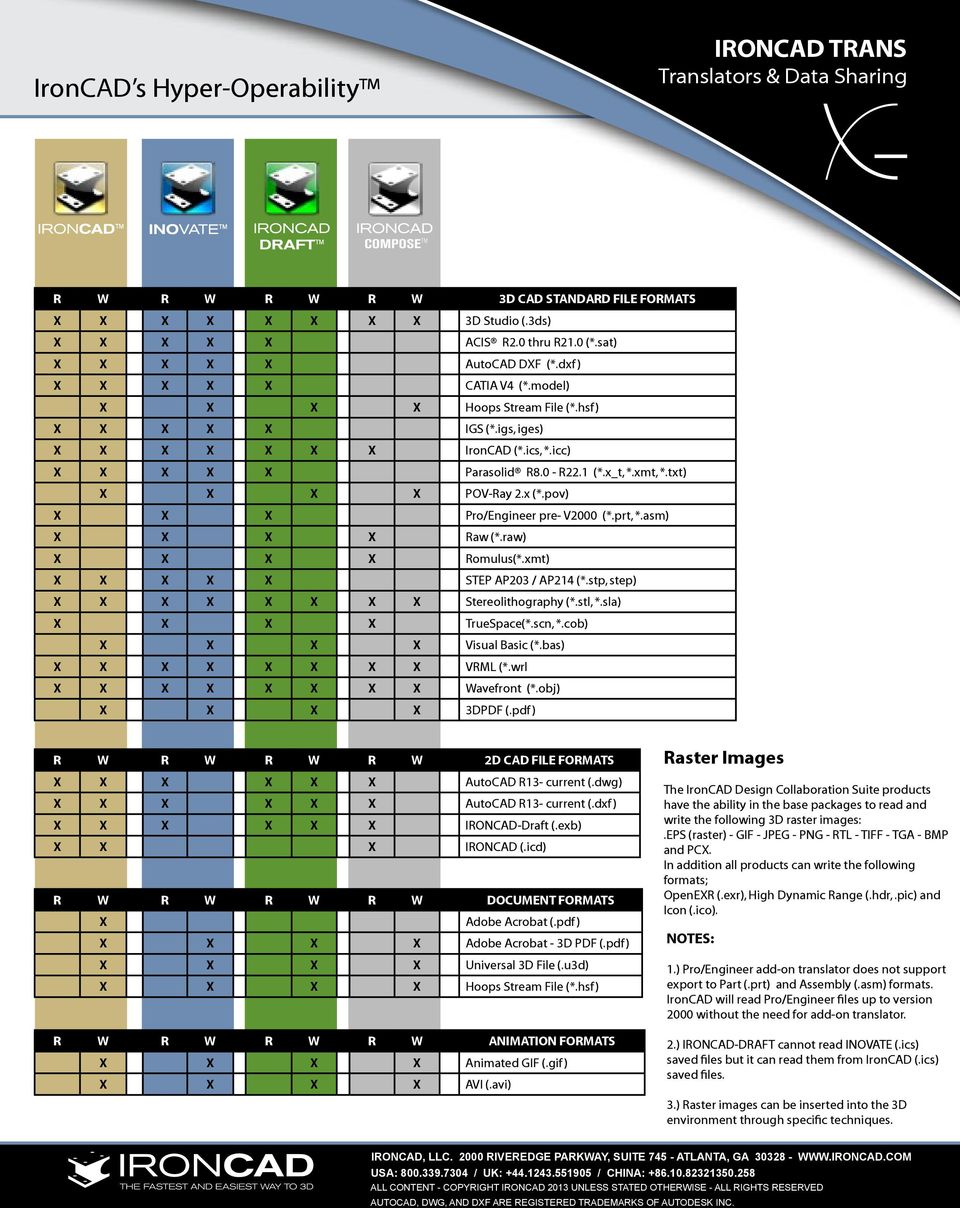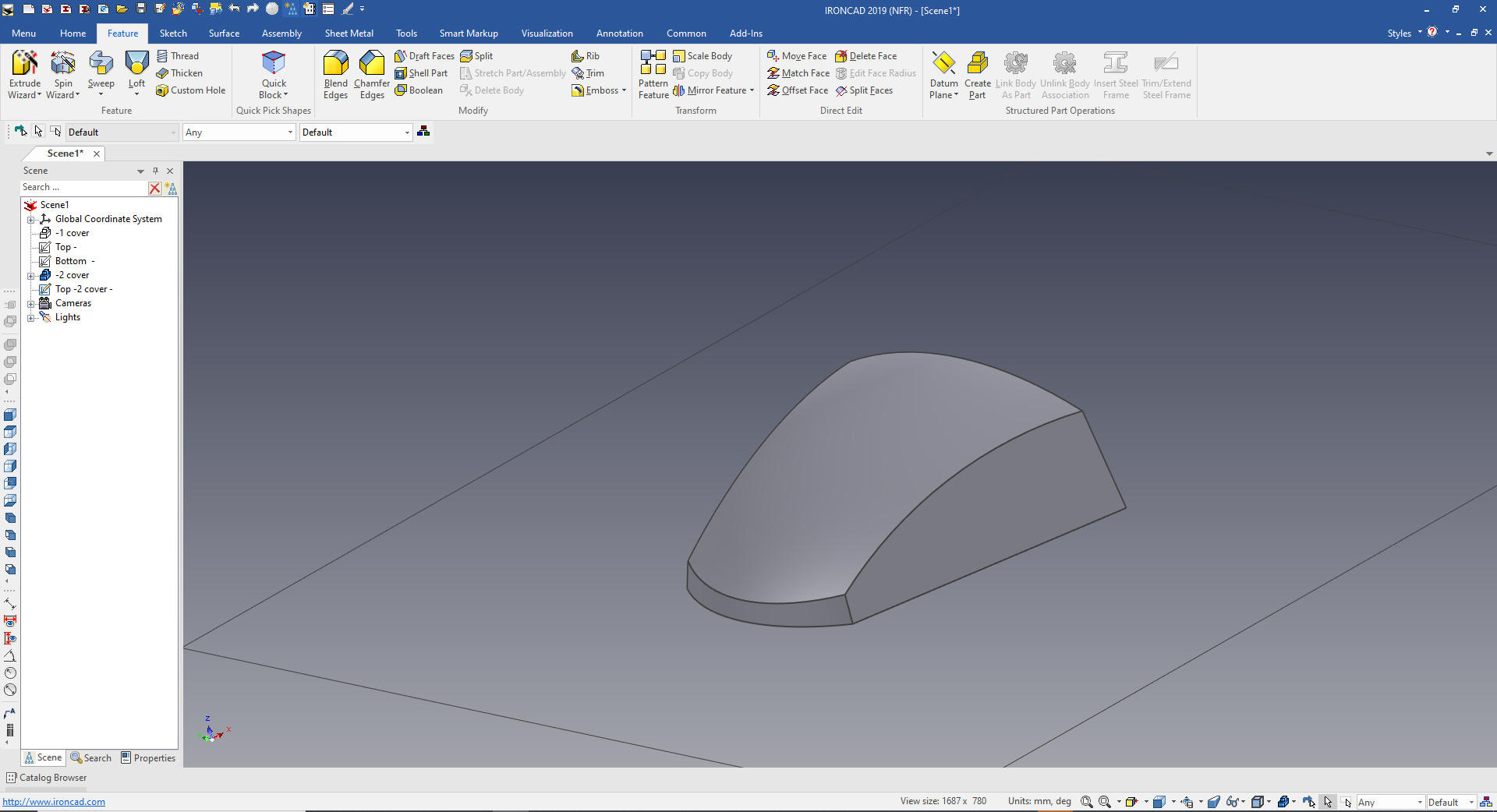

The screen pack/breaker plate assembly also serves to create back pressure in the barrel.


The screens are reinforced by a breaker plate (a thick metal puck with many holes drilled through it) since the pressure at this point can exceed 5,000 psi (34 MPa). Plastic extruder cut in half to show the componentsĪt the front of the barrel, the molten plastic leaves the screw and travels through a screen pack to remove any contaminants in the melt. If forced air cooling proves insufficient then cast-in cooling jackets are employed. In most extruders, cooling fans are present to keep the temperature below a set value if too much heat is generated. In fact, if an extrusion line is running certain materials fast enough, the heaters can be shut off and the melt temperature maintained by pressure and friction alone inside the barrel. This allows the plastic beads to melt gradually as they are pushed through the barrel and lowers the risk of overheating which may cause degradation in the polymer.Įxtra heat is contributed by the intense pressure and friction taking place inside the barrel. In most processes, a heating profile is set for the barrel in which three or more independent PID-controlled heater zones gradually increase the temperature of the barrel from the rear (where the plastic enters) to the front. The desired extrusion temperature is rarely equal to the set temperature of the barrel due to viscous heating and other effects. The rotating screw (normally turning at e.g 120 rpm) forces the plastic beads forward into the heated barrel. The material enters through the feed throat (an opening near the rear of the barrel) and comes into contact with the screw. While pultrusion can offer many similar profiles in continuous lengths, usually with added reinforcing, this is achieved by pulling the finished product out of a die instead of extruding the polymer melt through a die. The process has much in common with plastic injection molding from the point of the extruder technology though it differs in that it is usually a continuous process. Additives such as colorants and UV inhibitors (in either liquid or pellet form) are often used and can be mixed into the resin prior to arriving at the hopper. In the extrusion of plastics, the raw compound material is commonly in the form of nurdles (small beads, often called resin) that are gravity fed from a top mounted hopper into the barrel of the extruder. Shortly after, Roberto Colombo of LMP developed the first twin screw extruders in Italy. The first thermoplastic extrusion was in 1935 by Paul Troester and his wife Ashley Gershoff in Hamburg, Germany. In 1820, Thomas Hancock invented a rubber "masticator" designed to reclaim processed rubber scraps, and in 1836 Edwin Chaffee developed a two-roller machine to mix additives into rubber. The first precursors to the modern extruder were developed in the early 19th century.


 0 kommentar(er)
0 kommentar(er)
